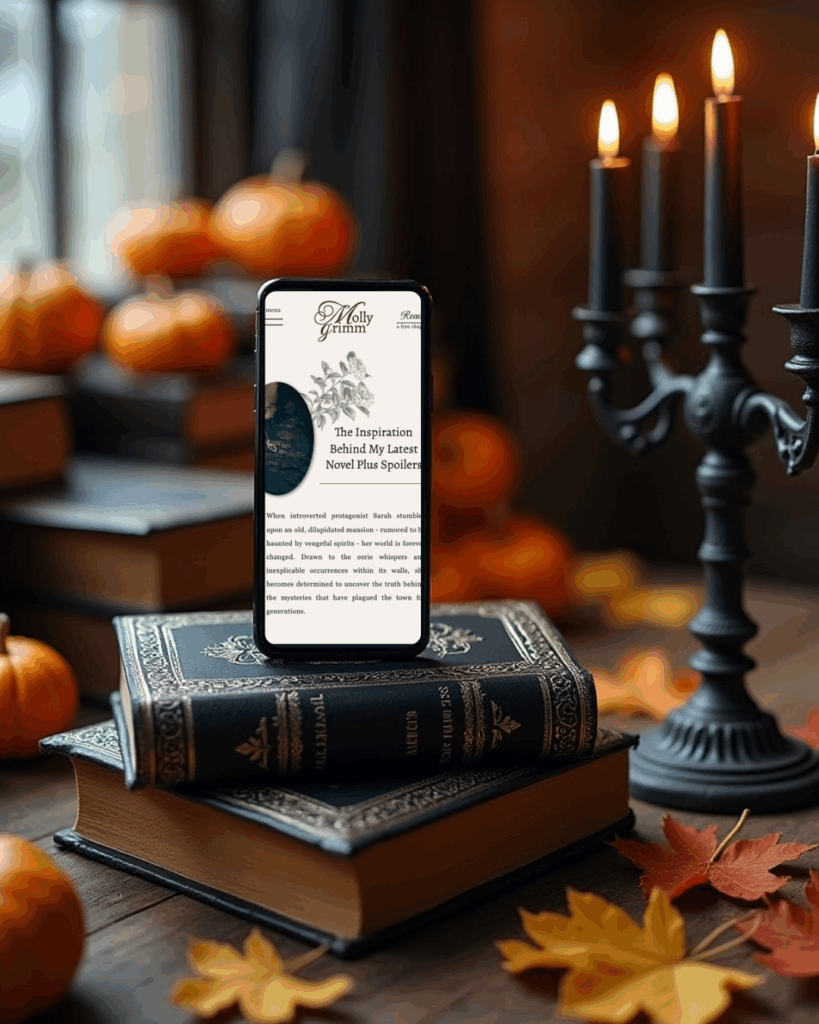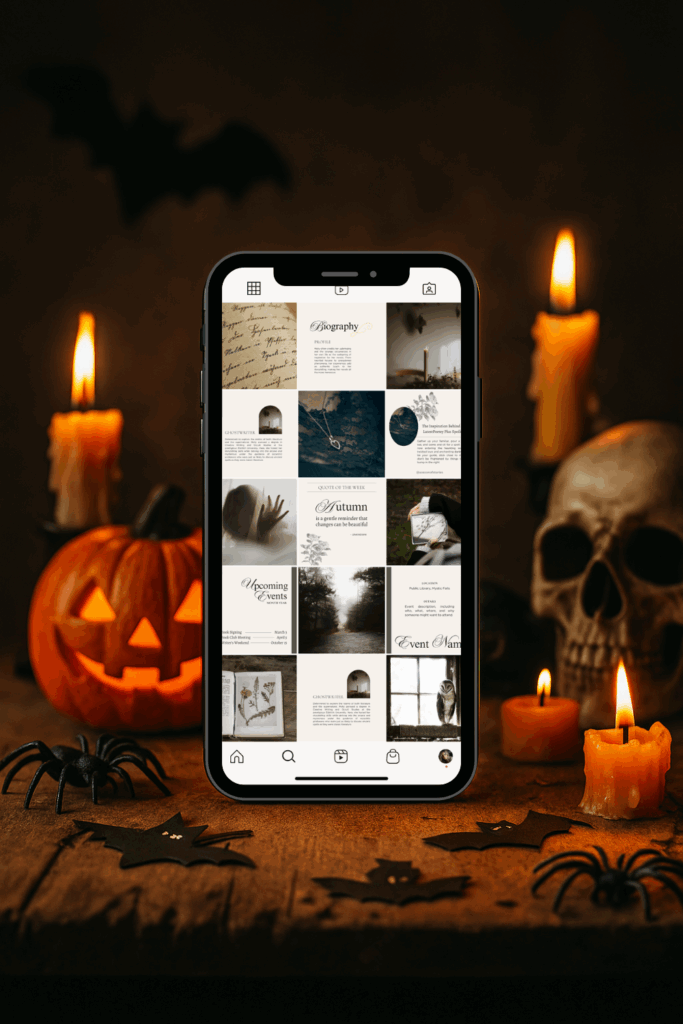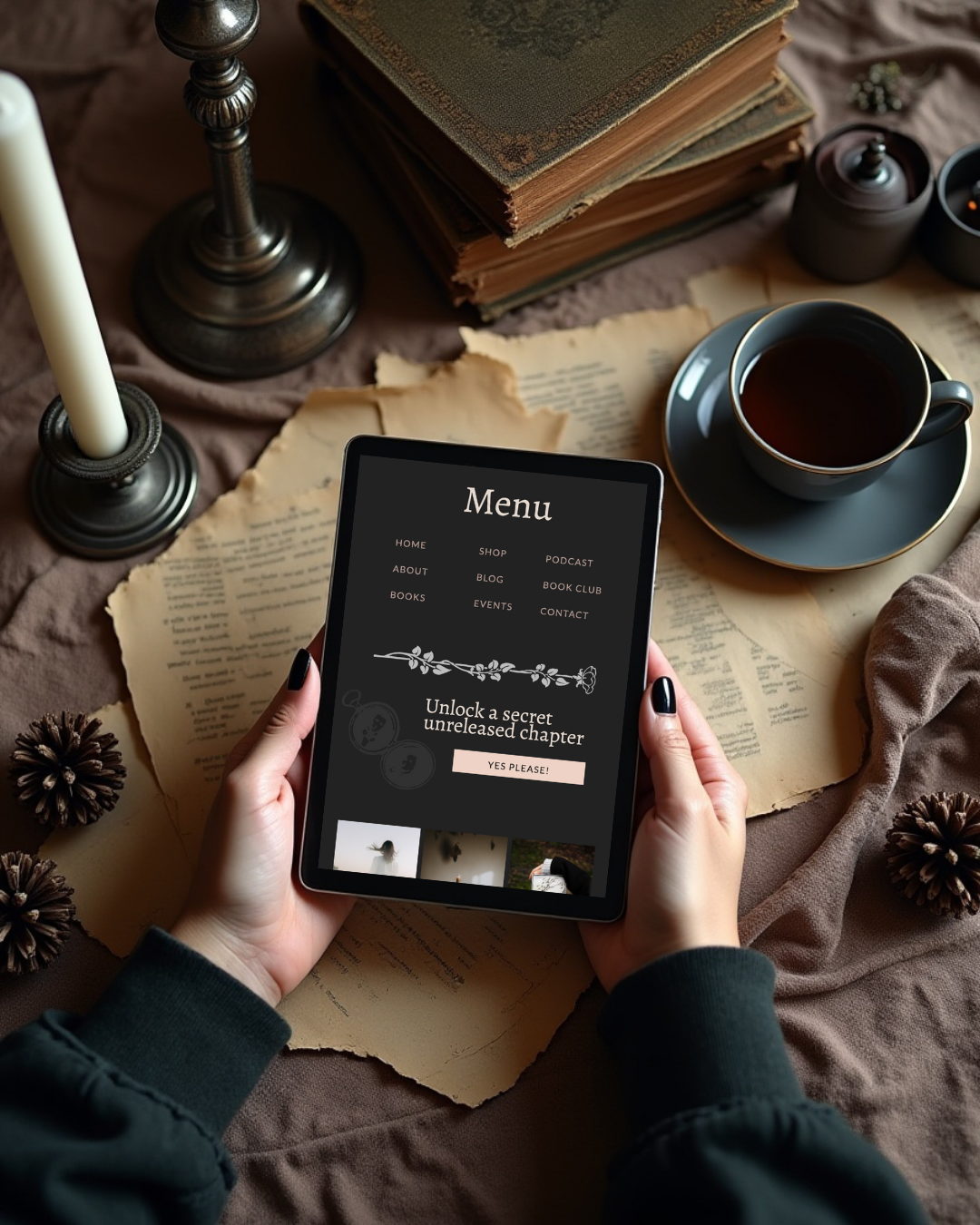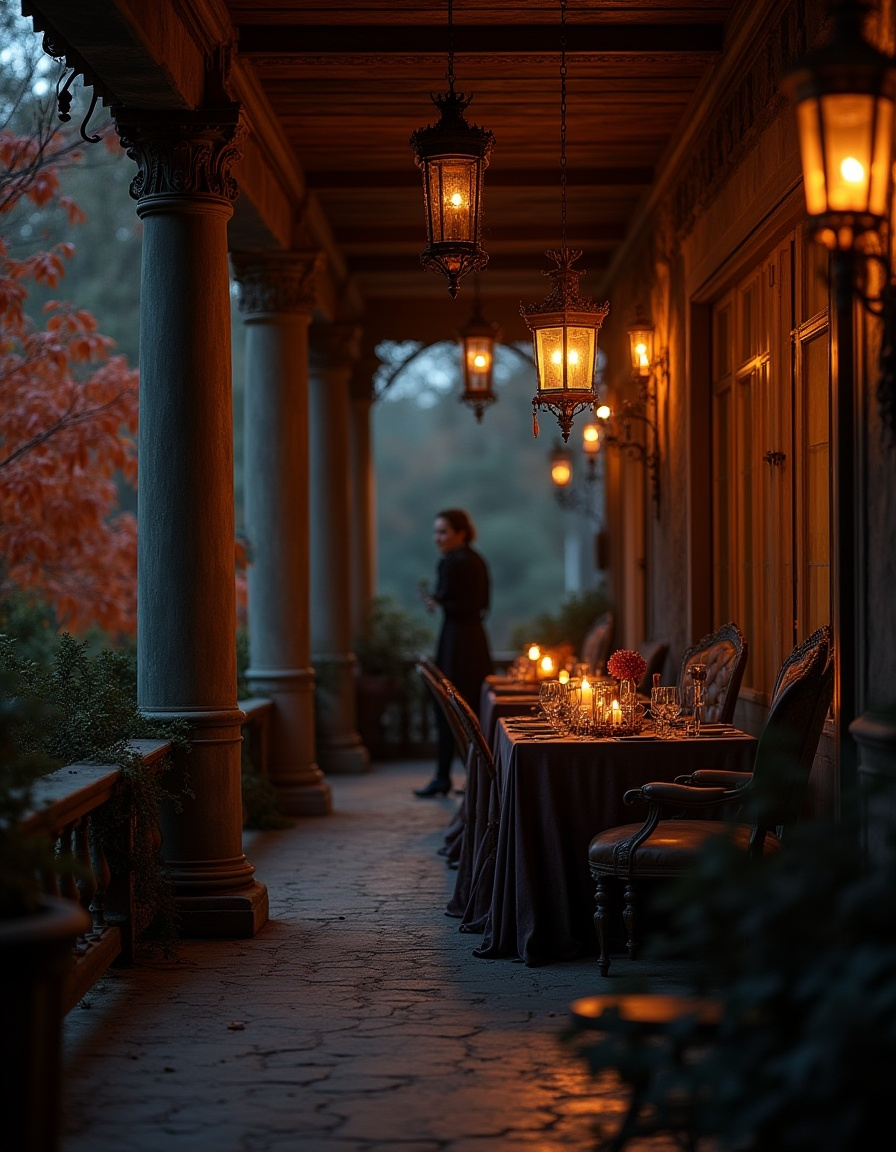Summary: The Victorians transformed everyday life into a ceremony—whether through tea tables, parlours, or seasonal decorations—and these rituals cultivated the aesthetic we still associate with Gothic charm.
The Elegance of Ritual in Victorian Life
The Victorians lived in a world thick with ritual. From the moment they rose in the morning to the way they gathered in the evening parlour, daily life was shaped not only by necessity but by ceremony. Tea wasn’t simply poured—it was served with delicate china, lace tablecloths, and the steady rhythm of habit. Letters weren’t merely written—they were pressed with sealing wax, folded carefully, and tied with ribbon. Rooms weren’t furnished for function alone—they were layered with curtains, carved furniture, and patterned wallpaper until every corner told a story.
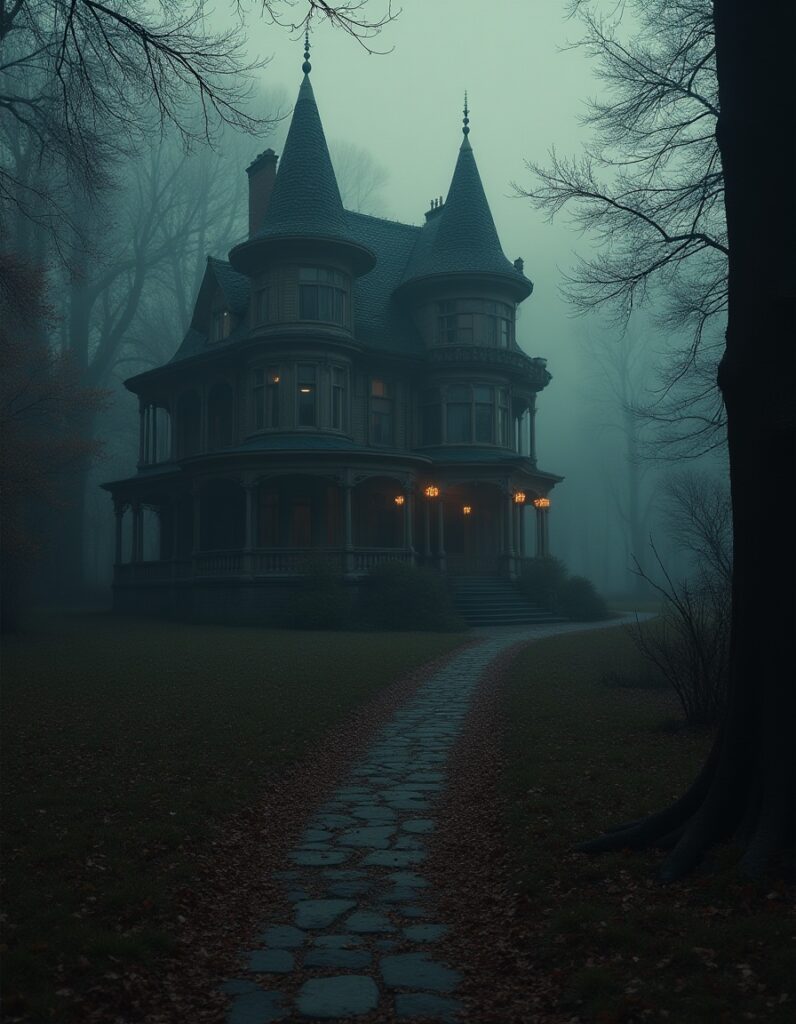
This devotion to ritual gave Victorian life its aesthetic, and it is this aesthetic that survives in our imagination when we picture “gothic elegance.” It wasn’t simply about grand gestures, but about cultivating mood in the small details of daily life. A candlestick on a writing desk, the slow lighting of gas lamps at dusk, the rustle of layered fabrics—all of these details created a sense of drama that transformed ordinary acts into experiences.
The Parlour as a Gothic Stage
Nowhere was this more evident than in the Victorian parlour. At the heart of the home, it was both a social space and a stage of aesthetics. Heavy curtains, dark woods, patterned rugs, and oil lamps created a cozy half-light in which conversations unfolded like miniature performances. A visitor stepping into such a room would feel immediately transported, not simply welcomed. The parlour embodied a sense of elegance that was part hospitality, part artistry.
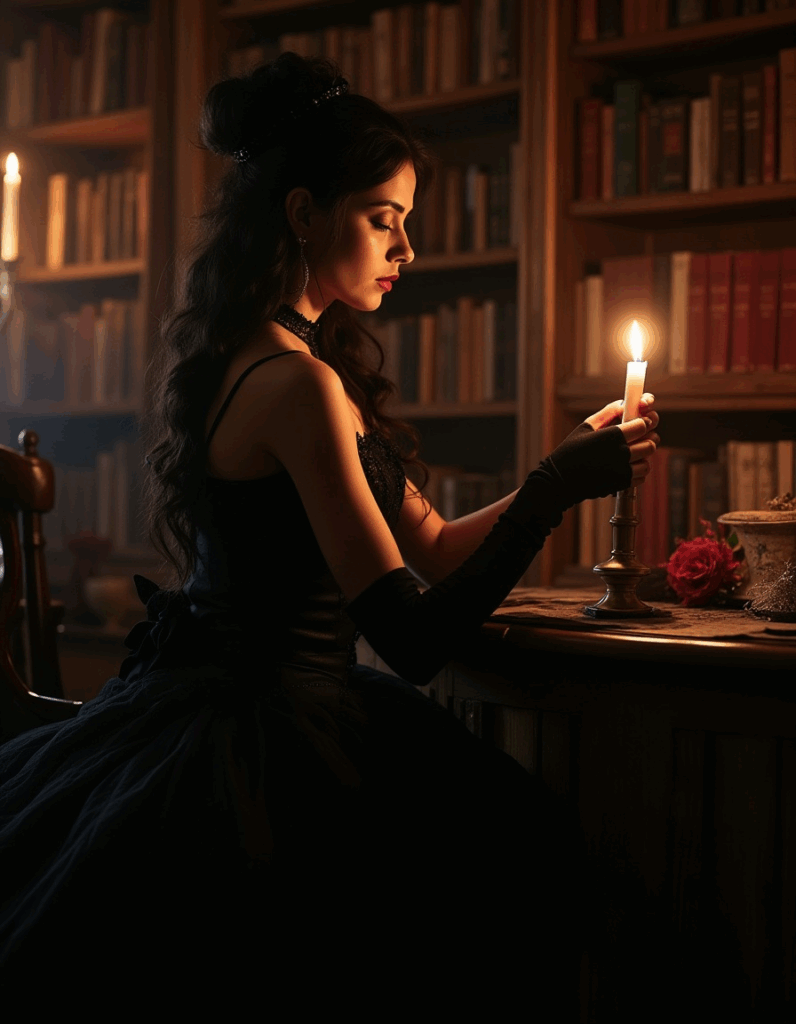
It is no coincidence that so much of our gothic aesthetic—velvet drapes, ornate mirrors, carved fireplaces—feels like a parlour. These spaces taught people to appreciate aesthetics as something that could be cultivated and designed. When we light a candle on a rainy evening, or arrange a bookshelf with both utility and beauty in mind, we are echoing the Victorian instinct to make living itself a kind of stage.
Everyday Rituals that Shaped Aesthetics
The Victorians also had a talent for turning routine into ritual. Meals were not hurried but lingered over, often by lamplight, with multiple courses served in careful order. Writing letters was not only a task but an occasion, complete with stationery chosen for its weight and beauty. Even the act of strolling through a garden became ceremonial—an opportunity to move slowly, to notice, to breathe in the vibe.
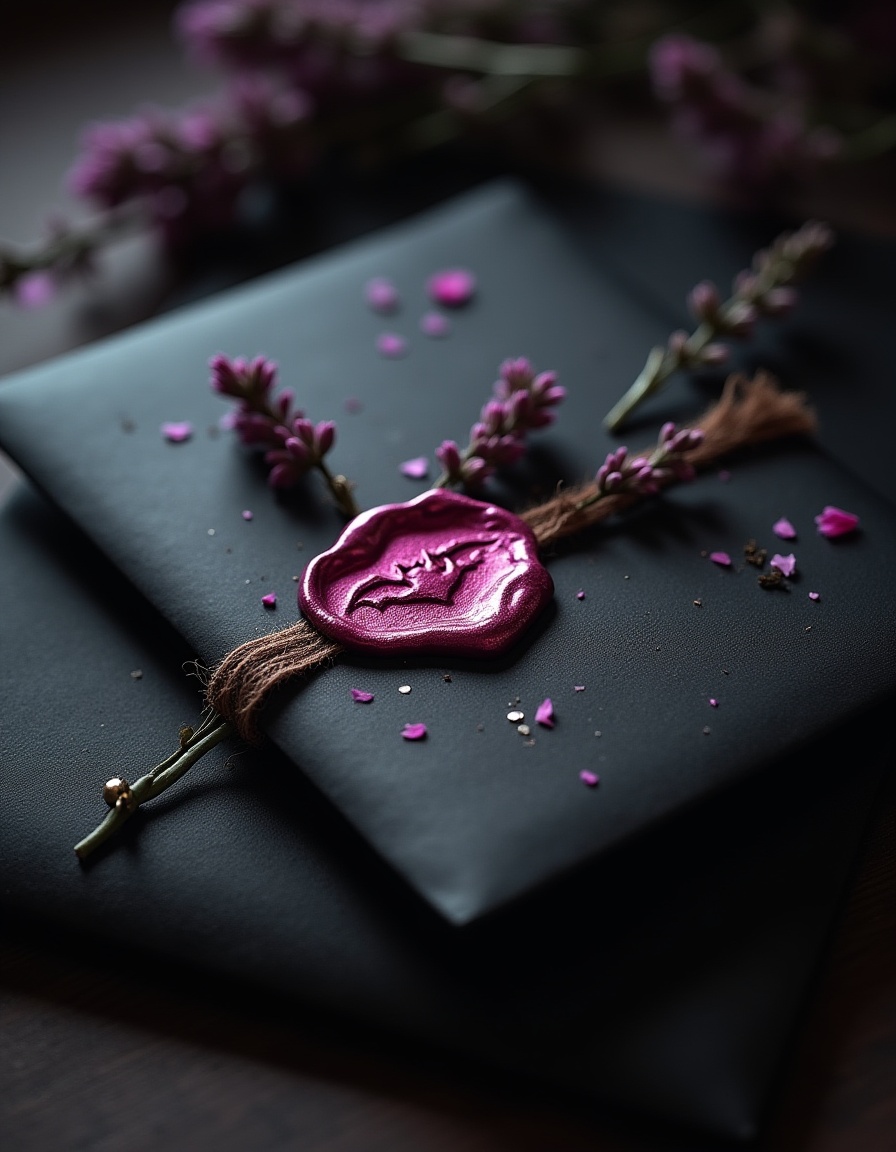
For them, beauty was not an afterthought. It was woven into life, a way of giving depth to time. Where we might associate modern life with efficiency and speed, Victorian life lingered. And that lingering is at the heart of gothic coziness: the idea that aesthetics are not simply decoration, but a way of being.
Time, Ritual, and the Gothic Imagination
Perhaps most importantly, Victorian rituals served as a means of marking time. Afternoon tea punctuated the day; Sunday dress marked the week; seasonal décor reflected the turning of the year. This sense of rhythm gave life both structure and charm. Today, when we light autumn candles in September or decorate our homes for Halloween, we are participating in a tradition that owes much to the Victorians. Their gift was to demonstrate that seasonal rhythms could be aesthetically pleasing, that the year itself could be experienced through beauty.
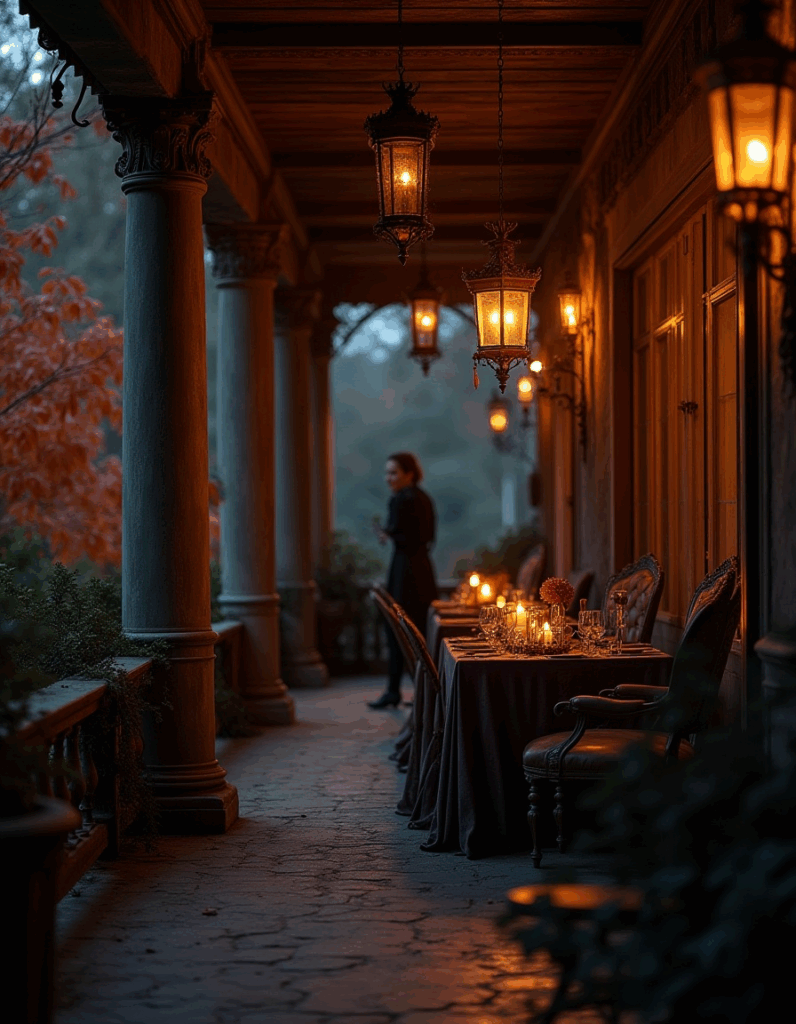
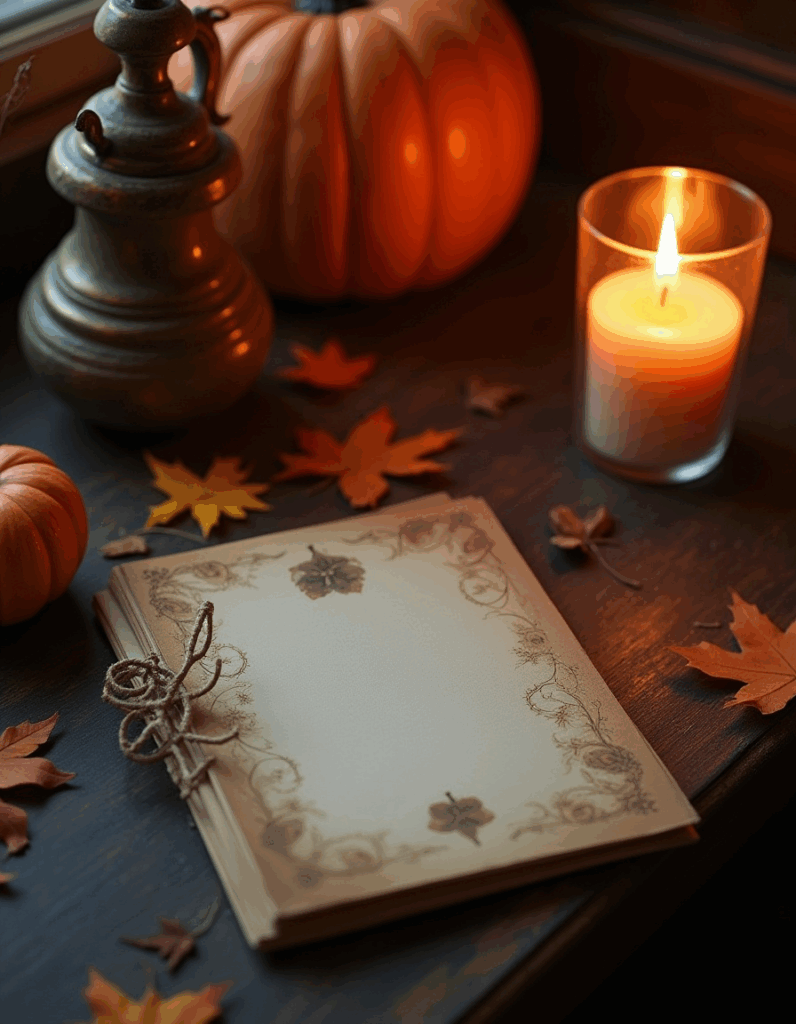
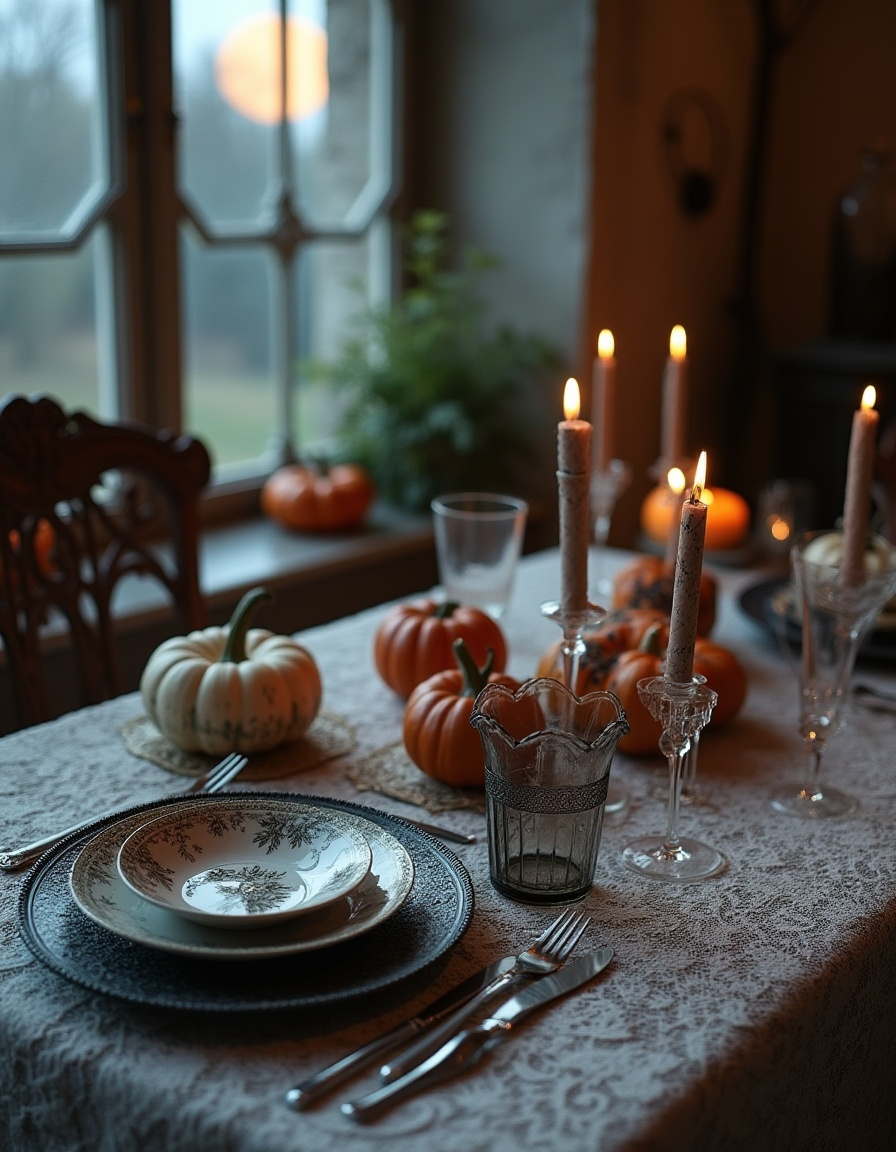
The Lasting Legacy of Victorian Elegance
When we think of “haunted” spaces now, what makes them compelling is not horror, but ritual. A creaking staircase, a flickering lamp, a parlour left untouched for decades—these images speak not of violence but of lives lived with ceremony. They are elegant traces of people who once cared deeply about aesthetics.
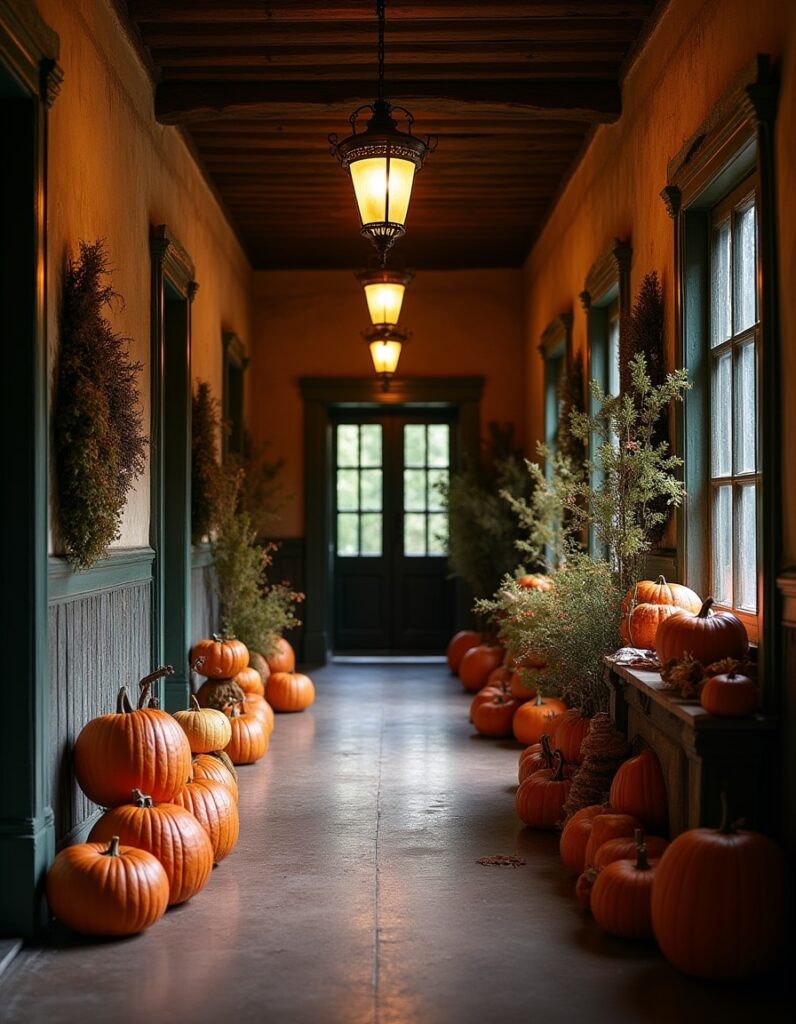
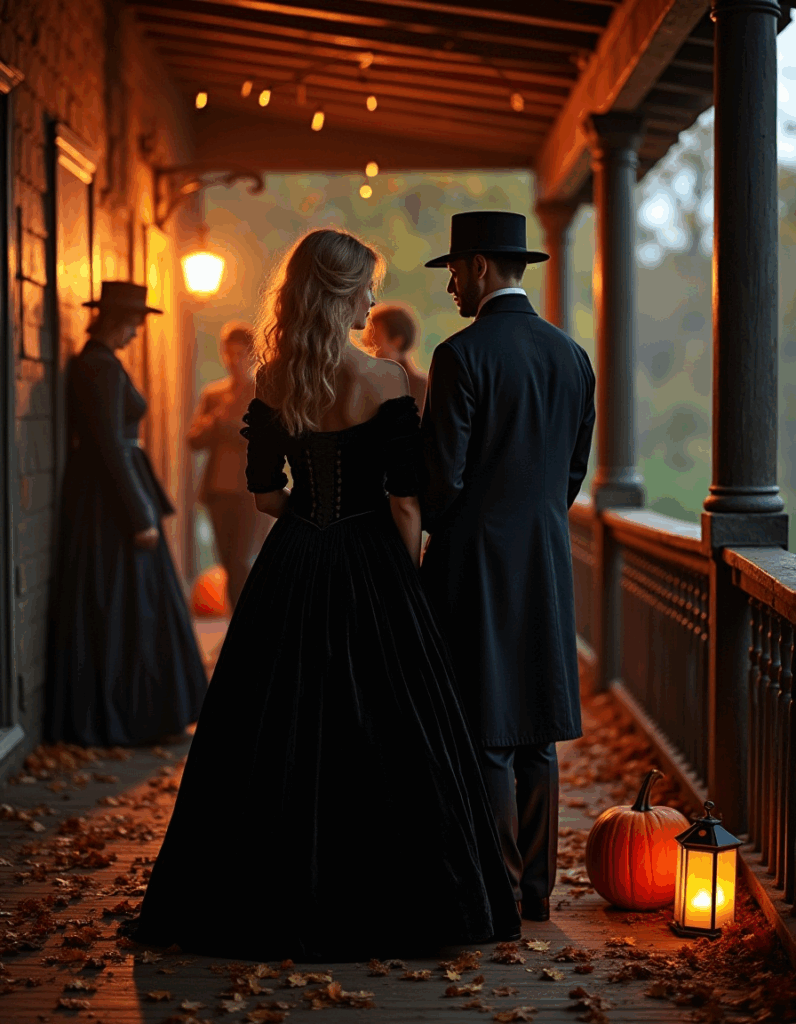
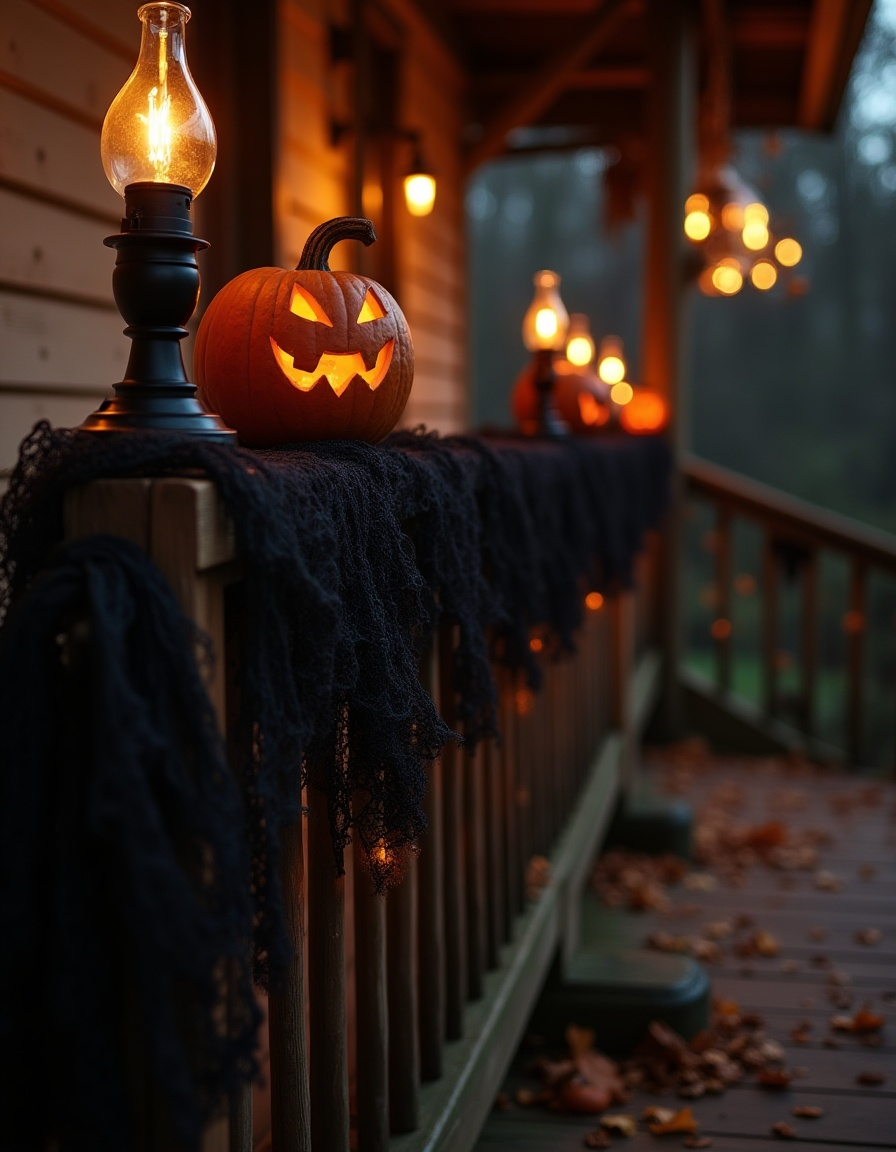
This is why Victorian-inspired aesthetics continue to be so powerful today. They remind us that life can be enriched by ritual, that beauty can infuse the everyday, and that even the smallest gestures—such as lighting a candle, pouring tea, or arranging flowers—can turn a moment into something lasting. In this sense, the Victorian imagination wasn’t just about architecture or mourning customs. It was about the art of aesthetics, the cultivation of coziness in shadow, and the enduring charm of ritual.
Create Your Own Victorian-Inspired Aesthetic
If the Victorian love of ritual resonates with you, why not incorporate that same sense of ceremony into your online presence? At A Season of Stories, I design gothic and bookish website templates, Instagram packs, and digital bundles inspired by folklore, parlour coziness, and Victorian detail.
Explore this Victorian Website Template Collection or discover these Dark Academia Instagram Templates to craft a digital home as an aesthetic as your favourite novel.
